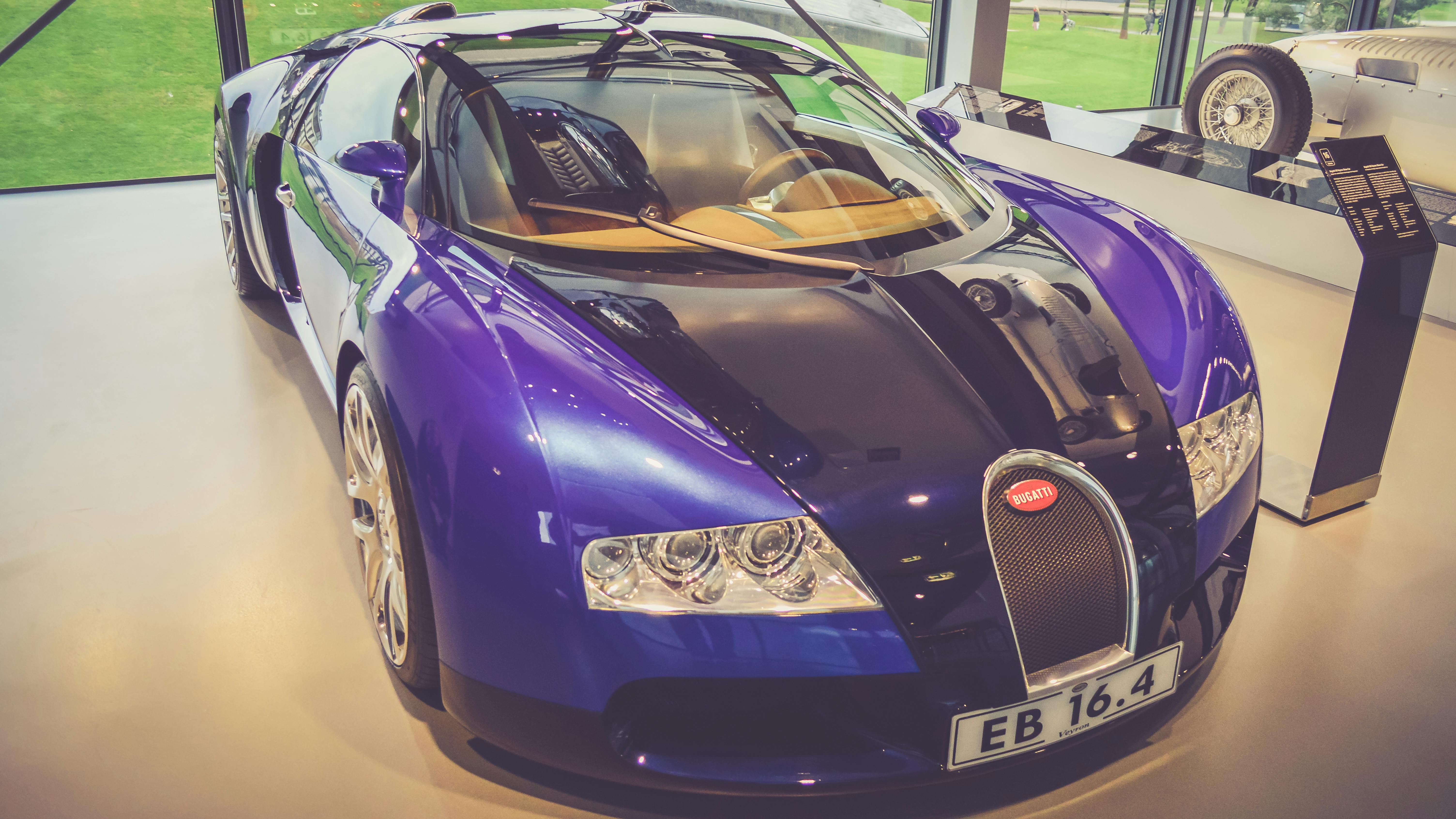
Ghost of the Tiffany Room – Lightner Museum – St. Augustine Florida
I froze in my tracks, frozen by the hostile presence I could feel behind me. A blanket of silence fell over the room. Mottled and dancing colors of the stained glass, stopped their movement on the walls. People entering the room remained motionless. I turned slowly to see what had scared me so much. I did not see anything. The presence remained. I narrowed my eyes, trying to pierce through the veil that prevented me from seeing anything. An image of an angry woman approaching seventy formed in my mind. Her dark hair tied in a bun at the back of her head was streaked with gray. She was wearing a patterned dress that fell well below the knee. Her black wool sweater hung open. His eyes flashed with anger when he ordered me out of the room.
On my first visit to the Lightner Museum in 1977, I slowly walked through the rooms and exhibits. Dazed by a constant attack of uniqueness and beauty, I needed Tiffany’s room to make me feel a little brighter. “These items were made by the very hands of Louis Comfort Tiffany,” I remember thinking.
In the center of the room, a large chandelier hung within reach. In years past, artists have told me that the mark of a genuine masterpiece is the compulsion the viewer feels to touch it. This cut glass display was without a doubt a masterpiece and I felt that compulsion. I approached him silently. Stopping in front of him for a few seconds to admire his beauty up close, it occurred to me that there might be an alarm system and if he touched it, bells and whistles could sound bringing the security of the museum. I still wanted to touch it. Raising my hand in defiance of the possible consequences, I extended my index finger and very gently touched a real Tiffany cut crystal chandelier.
Exactly at that moment, the hostile presence made itself known right behind me.
Thirty years went by without my giving much thought to that experience. Eventually I went to work for Historic Tours of America. The company wanted me to check out all the historic attractions before I got on board full time, so I visited the Lightner Museum again. This time I moved more slowly, probably because in my thirty years in St. Augustine, I had learned more about Otto Lightner and his contemporaries than I did on my first visit. Much of what I saw this time brought to mind stories I heard and articles I read. I remembered seeing a room dedicated to Musical Machines, on my first visit.
One of Otto Lightner’s collections were machines that can play musical instruments. On my first visit I missed the concert (11:00 am and 2:00 pm every day). This time, the concert was just starting when I walked into that room. In the early 1900s, people were getting more and more excited about MACHINES. They built mechanical devices to do things unimaginable in the past, and this room aloud reflects that emotion in a collection of intelligence and creativity that forms an art form of its own. A machine even plays a violin. There are various organs and street pianos, including a hurdy-gurdy. Machines were all the rage.
An adjoining room on the first floor exhibits two functional blown glass steam engines; the very essence of the age of industry turned into art. An antique “word processor” (an antique typewriter) is on display in that room alongside seashells and Indian spears. Otto Lightner’s passion was collecting. Your wife probably said, “You just never throw anything away.” His collection of buttons is upstairs with cut glass and crystal. He collected beautiful marble ladies, elaborate furniture, and unusual dishes. The list is endless.
Lighter made his money in the Hobbies magazine business, advocating for the hobby of collecting. He traveled the world doing his own shopping. He was an avid collector of collections and opened a museum to house them. A visitor will find everything from roasters to Tiffanies, from Steins to Steinways. He even picked up an Egyptian mummy. That probably also has a ghost associated with it. Lightner’s Museum is quite a place, but the most dramatic historical artifact in existence is the building itself, a tribute to the imagination of Henry Morrison Flagler. From its landscaped patio to its marble-furnished steam room, The Alcazar Hotel is an architectural statement of beauty, luxury, and pleasure.
The pool fascinates me even more than the shower with sixteen shower heads. The roof of the pool, four stories above the water, could once be opened to the sky. Vast decks wrapped around the pool on the upper floors, watching the swimmers in one of the largest indoor pools of its time, fifty feet wide and one hundred twenty feet long. Seeing the room that houses the pool torments the imagination. The room is cavernous. Tents line the sides of the pool. Cafe Alcazar serves lunch in the background, but the ghosts are still there. Even if they cannot be seen, they can be felt echoing through the silence of that great hall. I wonder if Henry Flagler is irritated that his swimming pool has been turned into a theater, and if Richard Boone regrets the decision to engineer that change. Gone are the days when children splashed each other in that water with echoes of Beethoven from the orchestra above, while their dancer parents in formal attire watched over them, far below.
My visits to the Hotel Alcazar always include time in the pool and reflection of the grandeur of those past spring nights. As I wander around the building, I try to imagine what it must have been like as a hotel. On this last visit, I wandered and reflected as before, but to my surprise, I had a jarring memory of my first arrival at the Museum.
After visiting the gym, Lightner’s dining room, and the cut glass creations, I finally made it to the Tiffany Room. It had been many years since my last trip to see the actual exhibits in the museum. The slightly darkened room allowed the colors of Tiffany’s wonderful creations to be highlighted by the sun shining through the window. It took a moment for my eyes to adjust and when they did, the first thing I saw was the Tiffany chandelier. I got closer to see better and felt the same compulsion that I felt the first time I was there. I wanted to touch it. The same thoughts occurred, as before: what if there is an alarm system? This must be quite valuable. I didn’t want to cause a stir or get in trouble, but still. I wanted to touch it. I raised my hand, extended my index finger, and touched a real Tiffany creation. The ghost was still there.
I went back to the Lightner Museum today to get photographs specifically to photograph that Tiffany Chandelier for this article. I was expecting to find orbs in many of the images, as many people in St. Augustine talk about how haunted that building is. I really wanted to know if the ghost was still there.
Not only was the ghost not there, the chandelier wasn’t there, either. I went to see a museum attendant and asked about the chandelier and they told me to go to the desk below and ask there. The person I spoke to at the desk had been working at the Lightner Museum for decades. When I asked him about the chandelier, he replied, “What chandelier?”
I asked if the display had changed in recent years and was told that the Tiffany display had not been changed or altered in any way in over forty years. I walked away shaking my head. Not only was there no chandelier, there had never been a chandelier.
When I got home I called the person who was with me on my last visit and he confirmed that we had seen a chandelier and that I was not going crazy. The experience left me somewhat puzzled. I’m not used to ghosts playing with my senses this way.








